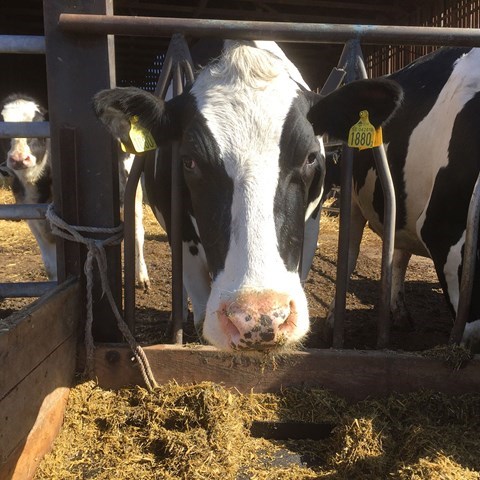Contact
Department of Applied Animal Science and Welfare, Management, Ruminants

It is only when the cow has calved and starts producing milk that she gives an income to the milk producer and it is after the second lactation the income covers the cow's rearing costs.
In Sweden, the average life expectancy of a cow is 2.5 lactations, but it is a high exclusion of cows already after the first lactation. This means that the time that the cow does not produce milk is as long or longer than the time the cow produces milk. Therefore the cow's methane production is higher per kg ECM over her life time than if the cow had more lactations. The cow's full milk production potential is also not achieved since cows in the first lactation produce about 80% of what older cows produce.
The researchers in this project want to investigate how profitability and methane production are affected by simulating different strategies regarding how many cows will be left in production and how many will be recruited and calved for the first time, i.e. recruitment strategies. Farms with different recruitment strategies will be evaluated regarding methane production, economy, milk and meat production. Also, the quality of raw milk will be examined. Older cows have a higher cell count in milk compared to younger cows, which results in reduced income in today's milk payment model. However, it is not clear whether the milk process properties (e.g. cheese quantity and milk protein profile) deteriorate with older cows and this needs to be investigated if cow longevity is increased in future dairy herds.